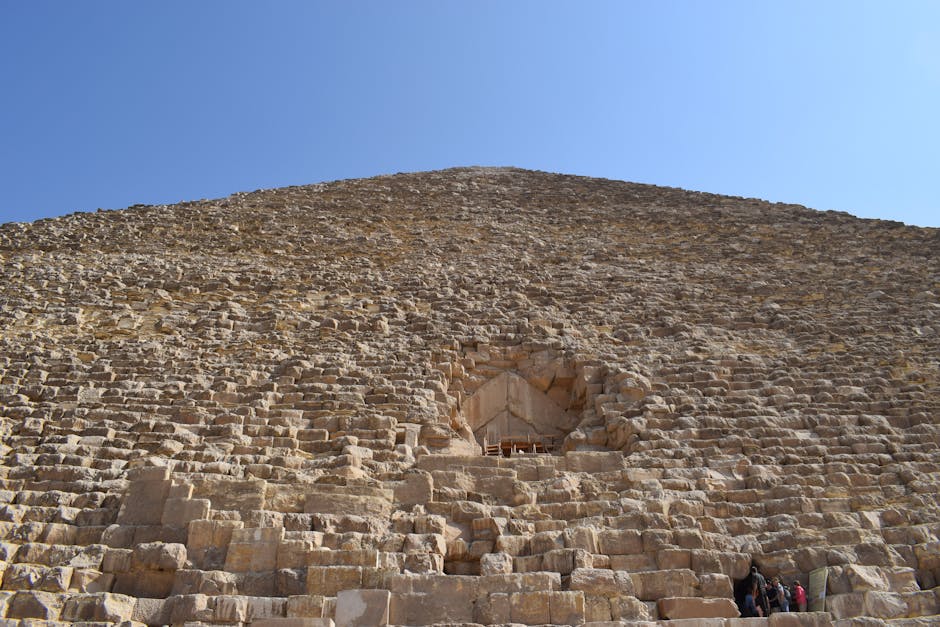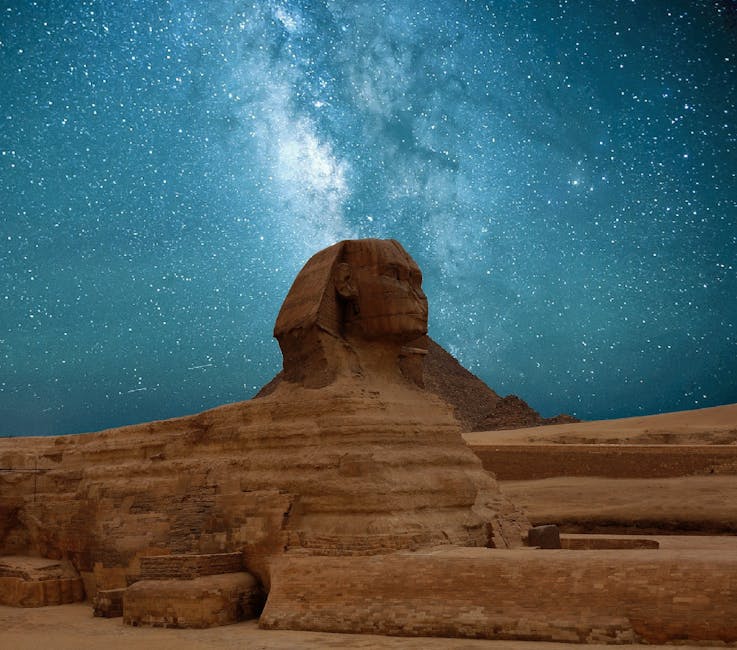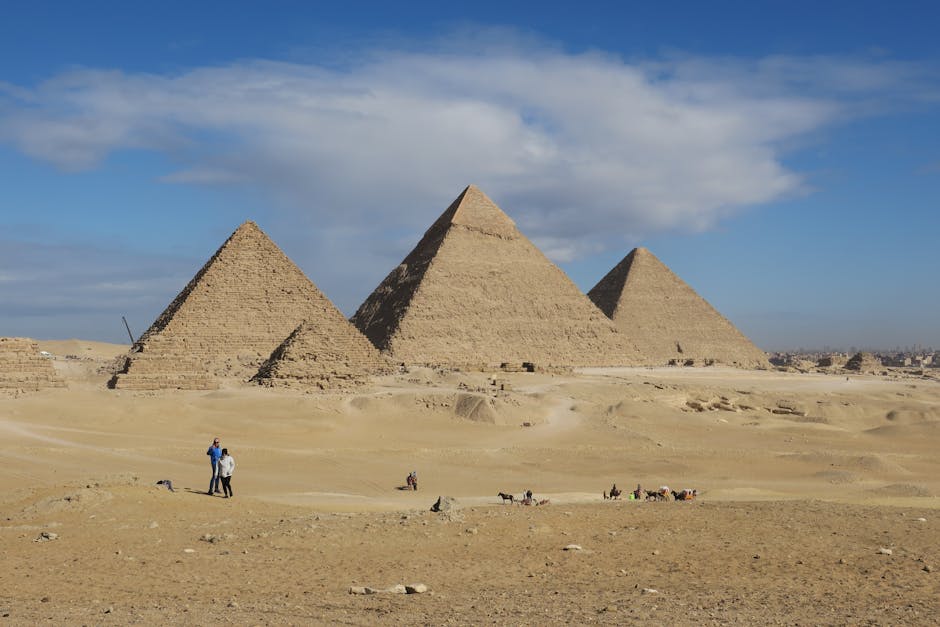Unraveling the Enigma: A Comprehensive Guide to Sphinx Definitions and Their Significance
What is a Sphinx? Beyond the Mythological Creature
The term “sphinx” conjures images of enigmatic creatures from ancient mythology, often depicted as having the head of a human (or sometimes an animal) and the body of a lion. However, the definition of “sphinx” extends beyond this captivating imagery, encompassing various aspects of history, art, architecture, and even linguistics. This comprehensive guide will delve into the multifaceted meaning of “sphinx,” exploring its origins, interpretations, and enduring cultural impact.
Sphinx in Mythology: Guardians of Secrets
The most widely recognized definition of sphinx stems from its role in ancient Greek and Egyptian mythology. In Greek mythology, the Sphinx, a terrifying creature, posed a riddle to travelers approaching Thebes. Failure to answer correctly resulted in death. The riddle, famously solved by Oedipus, typically revolved around the creature’s nature – what walks on four legs in the morning, two legs in the afternoon, and three legs in the evening? (The answer, of course, is a human.) This mythological Sphinx is often depicted as a winged creature, further emphasizing its power and mystery.
In Egyptian mythology, the Sphinx takes on a different, yet equally significant, form. These monumental stone sculptures, typically with a human head and a lion’s body, served as guardians of temples and tombs. The Great Sphinx of Giza, one of the most iconic examples, is a colossal statue that has captivated imaginations for millennia. Unlike its Greek counterpart, the Egyptian Sphinx wasn’t necessarily malevolent; it represented power, royalty, and the connection between the earthly and divine realms.
Architectural and Artistic Representations of the Sphinx
The visual representation of the Sphinx has profoundly impacted art and architecture throughout history. From ancient Egyptian carvings to modern artistic interpretations, the Sphinx has served as a powerful symbol and a subject for creative expression. The precise style and features of the Sphinx varied across different cultures and time periods, reflecting the evolving understanding and interpretation of this mythical creature.
The grandeur and enigmatic nature of the Egyptian Sphinx have inspired countless artists and architects. Its iconic image has been reproduced in countless forms, including paintings, sculptures, and even architectural designs. The enduring appeal of the Sphinx lies in its ability to evoke a sense of wonder and mystery, prompting reflection on themes of power, knowledge, and the unknown.
The Sphinx as a Linguistic Term
Beyond its mythological and artistic connotations, the term “sphinx” also finds its place in linguistics. In this context, a sphinx refers to a complex or difficult problem that requires considerable intellectual effort to solve. This usage reflects the challenging nature of the riddle posed by the Greek Sphinx, highlighting the connection between the creature and intellectual puzzles.

The linguistic application of “sphinx” extends to describing individuals who are enigmatic or mysterious. Someone described as a “sphinx” may possess an air of mystery, making it difficult for others to fully understand their thoughts and intentions. This usage emphasizes the connection between the mythical creature’s secretive nature and human behavior.

The Enduring Legacy of the Sphinx: Cultural and Symbolic Significance
The Sphinx’s enduring legacy transcends its mythological origins. Its image has permeated various aspects of culture, appearing in literature, film, and popular culture. The enduring appeal of the Sphinx lies in its multifaceted symbolism, representing power, mystery, wisdom, and the enigmatic nature of the universe.
The Sphinx’s symbolism has been interpreted differently throughout history, reflecting the evolving values and perspectives of different cultures. In some cultures, the Sphinx symbolizes protection and guardianship, while in others it represents intellectual challenge and the pursuit of knowledge. Its enduring power as a symbol stems from its ability to resonate with diverse interpretations and meanings.
Variations and Interpretations of the Sphinx Across Cultures
While the Greek and Egyptian Sphinxes are the most widely known, variations exist across different cultures. Some cultures depict Sphinxes with different animalistic features, reflecting their unique mythological beliefs and artistic styles. These variations highlight the diverse interpretations of the Sphinx and its adaptable symbolism across different geographical locations and historical periods.
The interpretation of the Sphinx’s symbolism also varies depending on the context. In some contexts, the Sphinx represents a benevolent guardian, while in others it embodies a force of destruction and chaos. This contextual variation underscores the complexity and richness of the Sphinx’s symbolism, allowing for multiple interpretations and meanings.
The Sphinx in Modern Culture: Appearances in Literature, Film, and Popular Culture
The image of the Sphinx continues to appear in modern literature, film, and popular culture, often serving as a symbol of mystery, enigma, and intellectual challenge. It’s a recurring motif in fantasy literature, often representing a powerful guardian or a test of wisdom for the protagonist. Its visual appeal also makes it a popular subject in various forms of media.
The Sphinx’s enduring presence in modern culture testifies to its enduring power as a symbol. Its captivating image and multifaceted symbolism continue to inspire artists, writers, and filmmakers, ensuring its relevance in contemporary society.
Deciphering the Riddle: Exploring the Different Interpretations of Sphinx Mythology
The riddle posed by the Greek Sphinx has been interpreted in various ways throughout history. Some scholars believe the riddle symbolizes the stages of human life, while others see it as a metaphor for the journey of self-discovery. These varying interpretations underscore the richness and complexity of the Sphinx’s mythology, prompting ongoing discussion and debate among scholars and enthusiasts alike.
Further exploration of the Sphinx’s mythology involves examining its connections to other mythical creatures and narratives. Understanding the Sphinx’s place within the broader context of mythology provides a deeper appreciation of its cultural significance and enduring impact.
The Sphinx and the Future: Its Continued Relevance in Art, Literature, and Popular Culture
The enduring appeal of the Sphinx ensures its continued relevance in art, literature, and popular culture. Its ability to evoke a sense of mystery and wonder, coupled with its multifaceted symbolism, makes it a powerful and enduring image that transcends time and cultural boundaries. Future interpretations of the Sphinx will likely reflect evolving societal values and perspectives, ensuring its continued adaptation and relevance in the years to come.
The Sphinx serves as a timeless symbol, continually inspiring creative expression and intellectual exploration. Its enigmatic nature and multifaceted symbolism ensure its enduring power and influence in shaping cultural narratives and artistic interpretations for generations to come.



